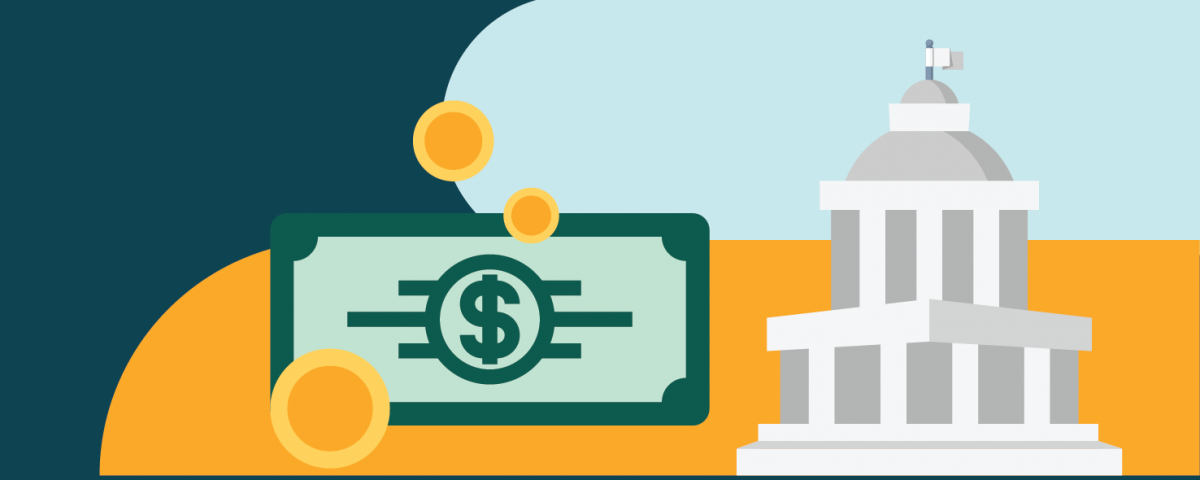What Is an Amortized Loan? An amortized loan is a type of loan that requires…
Meaning of the Federal Direct Loan Program
The Federal Direct Loan Program, also known as the William D. Ford Federal Direct Loan Program, is a government initiative that provides federal student loans to help students pay for higher education. These loans are funded directly by the U.S. Department of Education and are designed to make education more accessible by offering various loan options with flexible repayment plans, low-interest rates, and borrower protections.
Types of Federal Direct Loans
There are four main types of loans available under the Federal Direct Loan Program:
1. Direct Subsidized Loans
Eligibility:
- Available to undergraduate students with demonstrated financial need.
- Determined by the Free Application for Federal Student Aid (FAFSA).
Interest:
- The government pays the interest while the student is in school at least half-time, during the grace period, and during deferment periods.
2. Direct Unsubsidized Loans
Eligibility:
- Available to both undergraduate and graduate students.
- Financial need is not required.
Interest:
- Interest accrues during all periods, including while the student is in school and during deferment and grace periods. Borrowers can choose to pay the interest while in school or allow it to accrue and be capitalized (added to the principal balance).
3. Direct PLUS Loans
Eligibility:
- Available to graduate or professional students and parents of dependent undergraduate students.
- Credit check is required; borrowers with adverse credit history may need an endorser or demonstrate extenuating circumstances.
Interest:
- Interest accrues during all periods.
4. Direct Consolidation Loans
Eligibility:
- Allows borrowers to combine multiple federal student loans into a single loan with a fixed interest rate.
Interest:
- The interest rate is the weighted average of the interest rates on the loans being consolidated, rounded up to the nearest one-eighth of one percent.
Pros of Federal Direct Loans
- Lower Interest Rates:
- Federal Direct Loans typically have lower interest rates compared to private student loans.
- Flexible Repayment Plans:
- A variety of repayment plans are available, including standard, graduated, and income-driven plans (such as Income-Based Repayment, Pay As You Earn, and Revised Pay As You Earn).
- Loan Forgiveness Options:
- Programs like Public Service Loan Forgiveness (PSLF) and forgiveness under income-driven repayment plans can eliminate remaining loan balances after meeting specific requirements.
- Deferment and Forbearance:
- Options to temporarily postpone or reduce payments during financial hardship, unemployment, or other qualifying situations.
- Subsidized Interest:
- For Direct Subsidized Loans, the government pays the interest during certain periods, reducing the overall cost for borrowers with financial need.
- Credit Flexibility:
- Direct Subsidized and Unsubsidized Loans do not require a credit check, making them accessible to most students.
Cons of Federal Direct Loans
- Loan Limits:
- Annual and aggregate loan limits restrict the total amount students can borrow, which may not cover all educational expenses.
- Interest Accrual:
- Interest accrues on Direct Unsubsidized and PLUS Loans during all periods, increasing the overall loan cost if not paid during school.
- Parent Borrower Requirements:
- Direct PLUS Loans for parents require a credit check and may involve higher interest rates compared to student loans.
- Repayment Complexity:
- Navigating the various repayment plans and forgiveness options can be complex and require careful management and understanding.
- Potential Tax Implications:
- Loan forgiveness under income-driven repayment plans may be considered taxable income, depending on the program and current tax laws.
Conclusion
The Federal Direct Loan Program offers crucial financial assistance to students pursuing higher education by providing various loan options tailored to different needs and circumstances. With lower interest rates, flexible repayment plans, and potential loan forgiveness options, these loans can significantly reduce the financial burden of higher education. However, borrowers should be aware of the loan limits, interest accrual, and potential complexities in repayment to make informed decisions and effectively manage their student loan debt.
